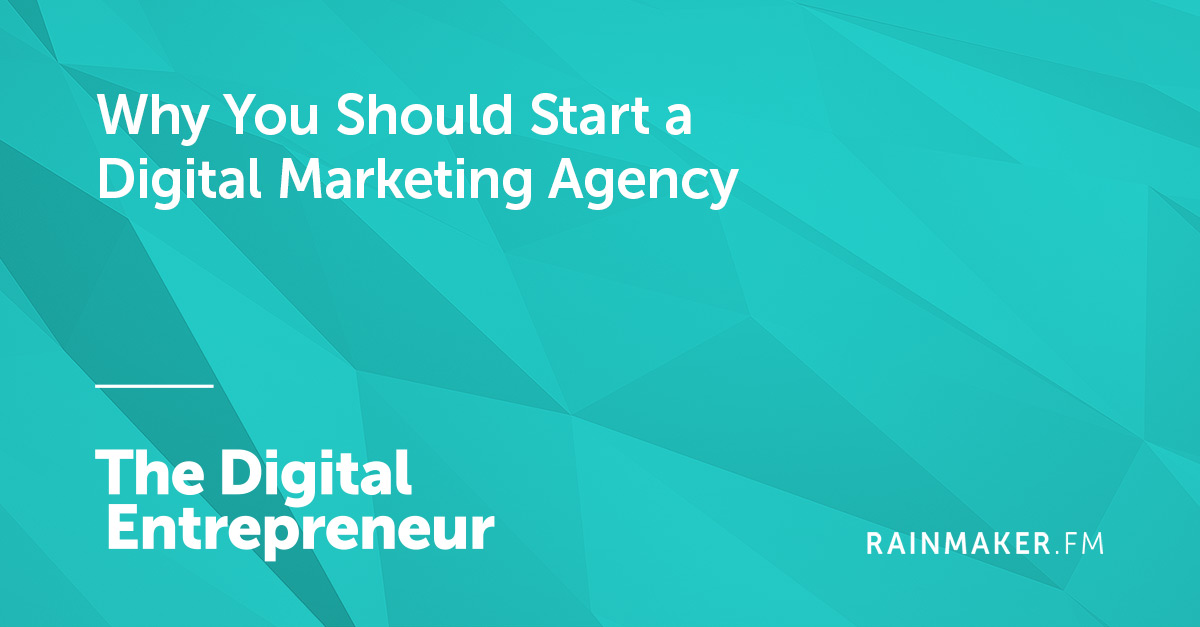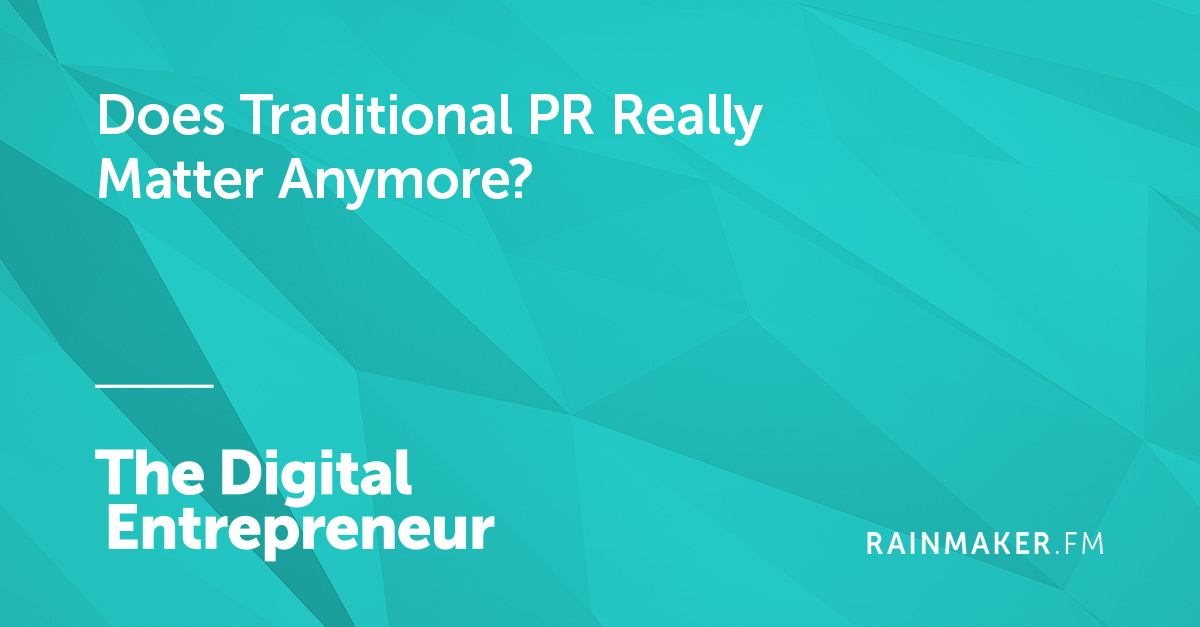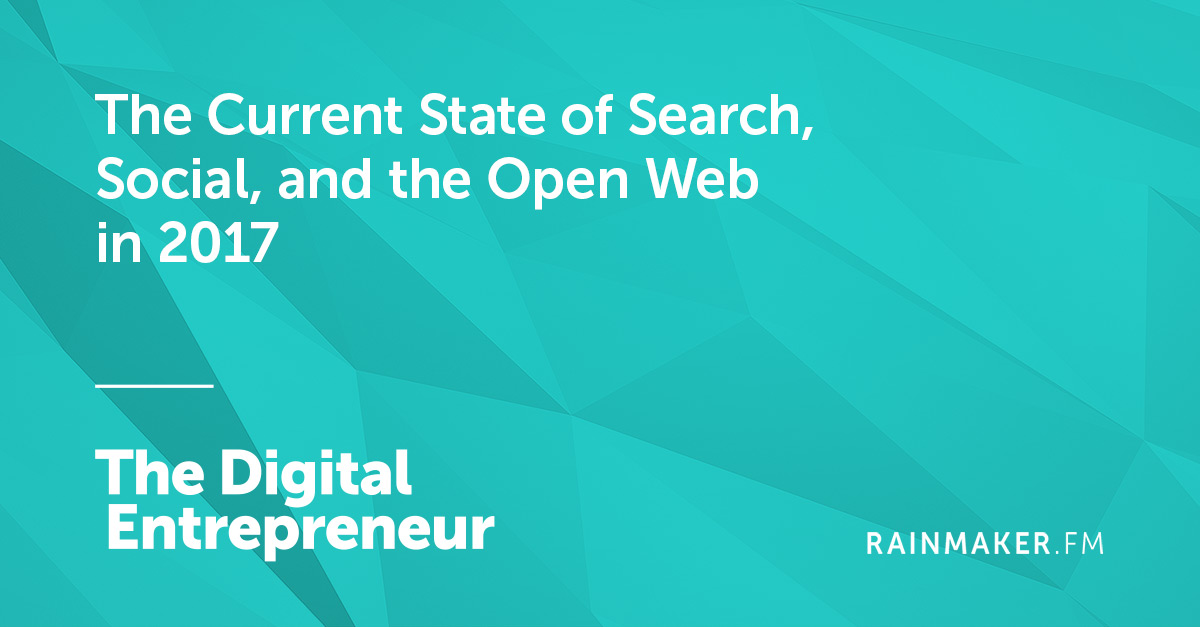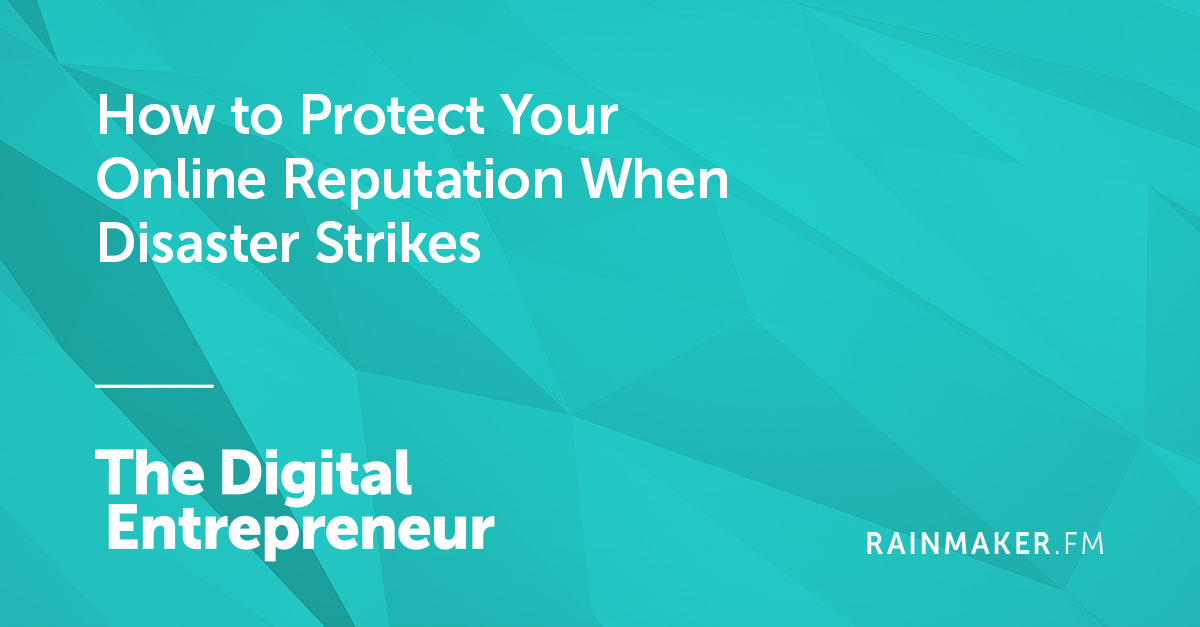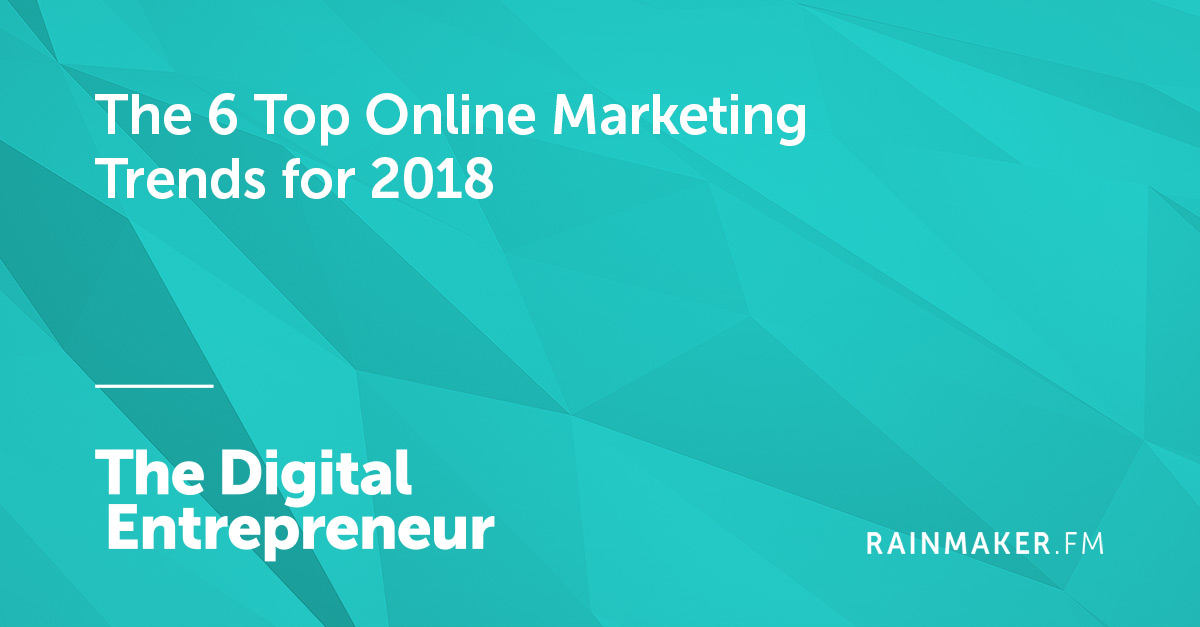
In this very special year-end show, Katy and Sean cover the big changes in online marketing for 2017 and what to look for in 2018.
Online marketing continues to evolve at a fervent pace; with so many innovations and trends emerging it can be hard to know what matters.
To help guide you, Katy Katz and Sean Jackson review the events and topics that defined 2017 and discuss the new marketing innovations that will define 2018.
In this 48 minute episode, Sean Jackson and Katy Katz review the topics, trends, and ideas that will shape your online marketing efforts in 2018.
Listen to The Digital Entrepreneur below …
